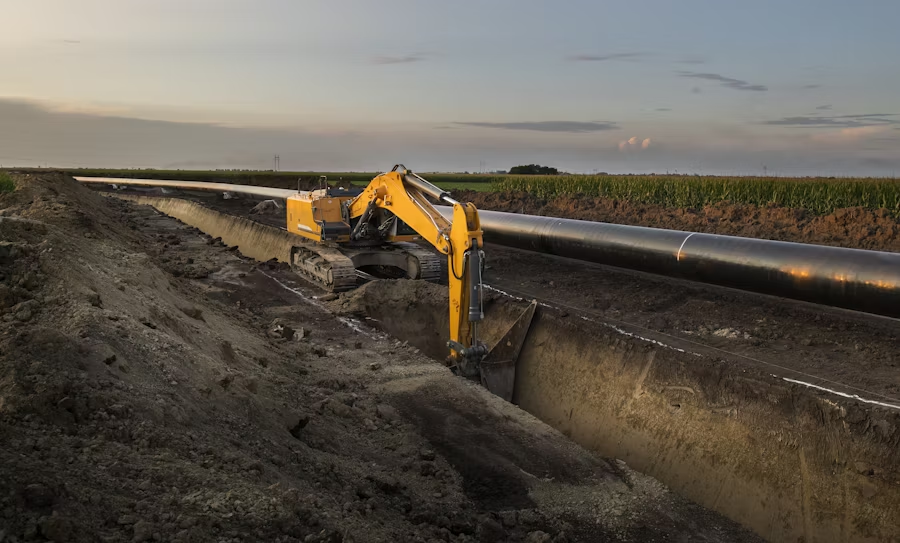A reader shares with us a story about how Greenpeace got into trouble back in 2008 for a book showing Spain going under due to climate change including the resort of La Manga, which promptly sued saying the alarm deliberately caused was harming property values. What interests us is that the prediction, whatever its impact on real estate, had no impact in the real world because El Mar Menor, a lagoon on the south-eastern coast of Spain near Cartagena where La Manga is located, has seen virtually no change in sea level since 2008. What happened instead, unfortunately, is that it became horribly polluted and we don’t mean with carbon. Showing once again that a fixation on imaginary problems leads to neglect of real ones.
Now we do not have to tell you that Spain’s Mediterranean coast will be worst hit by climate change, do we? Just as everywhere is warming faster than the average, sure enough “Spain’s Mediterranean regions will be the worst hit by climate change: study”. And it’s going to be ugly. “Temperatures in the Mediterranean basin are likely to increase by up to 5C in the next 100 years, much faster than the global average, threatening food and water supplies in the process as sea levels rise and floods become more prevalent. These are the findings of a study presented on Thursday by a group of 600 international scientists who make up the Mediterranean Experts on Climate and Environmental Change (MedECC). More than 15 million people currently live in Spain’s Mediterranean regions of Cataluña, the Balearic Islands, Valencia Community and Murcia. By 2040, temperatures in these autonomous communities will be 2.2C hotter on average than they are currently.”
Now La Manga is in Murcia. So what about those rising seas?
Oh yeah. Coming in fast. “As sea levels rise by an average 1.1 metre, the flattest, built-up coastal areas along Spain’s Mediterranean will experience the worst flooding and crop destruction.” Not good, is it?
No. It really isn’t, because while it’s pouring in rhetorically, reality begs to differ. According to an entry on ClimateChangePost, “In the previous century sea level rise has been 2-3 mm/year along the Atlantic coast and a little less along the Mediterranean.” Mind you, it adds, “A minimum sea level rise of 15 cm is expected until 2050” which requires the rate of increase to double immediately. We shall see. (ClimateChangePost also says “At the end of the century sea level rise is estimated to be 0,5-1 m.” So after doubling in the next decade or so it will double again. Unless it doesn’t.)
Down here on the Earth La Manga is, as you’d expect of such a formation, flat. Very flat. Check out the panorama here. So if the seas were rising, they’d get over the top pretty fast. Instead, well, it’s a tourist attraction due among other things to not being under water. And one that is apparently in real trouble due to neglect of real environmental issues. Which maybe ought to be getting their attention instead. And ours.



"Sea level rise" in the Mediterranean isn't really sea level rise; it is land fall.
The European continent is like a surf board floating on the earth's mantle. In the last ice age, when ice was piled miles high above present-day Sweden and Russia, it was like a person sitting on the northern end of the surf board, pressing it down into the mantle. This caused the southern end of Europe to lift up out of the Mediterranean. As the glacial ice melted, the northern end of Europe was allowed to spring back up from the Arctic sea, and the southern end fell back down into the Mediterranean waters. Europe is still in the process of leveling out on the earth's mantle, which is why it appears that the seas are falling around Sweden and the seas are rising around Spain.
It is important to understand the causes of things.